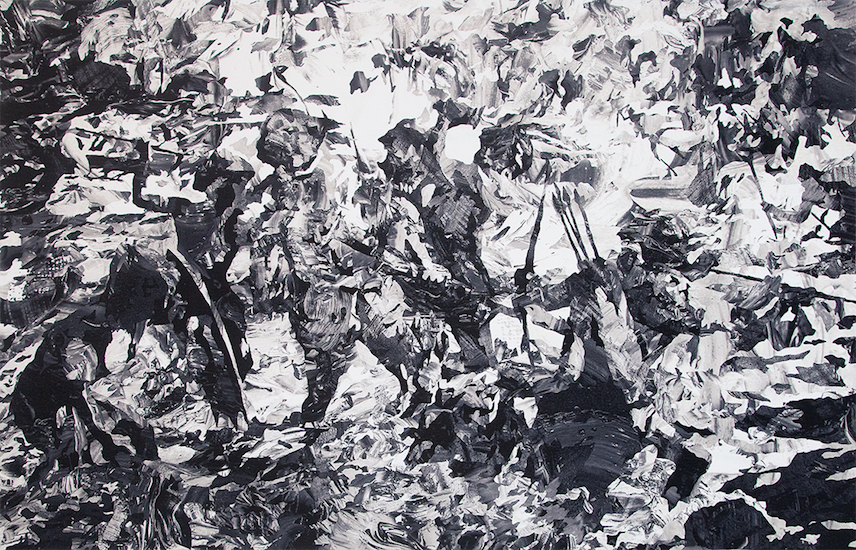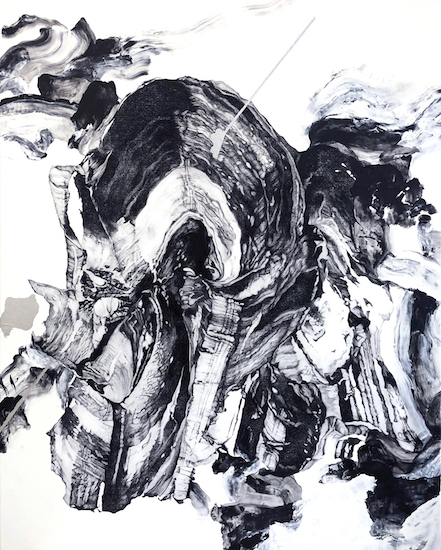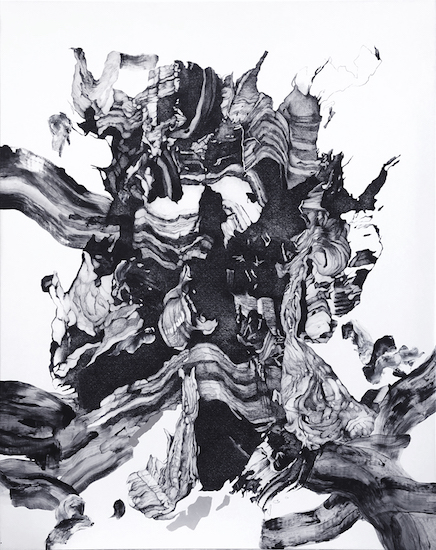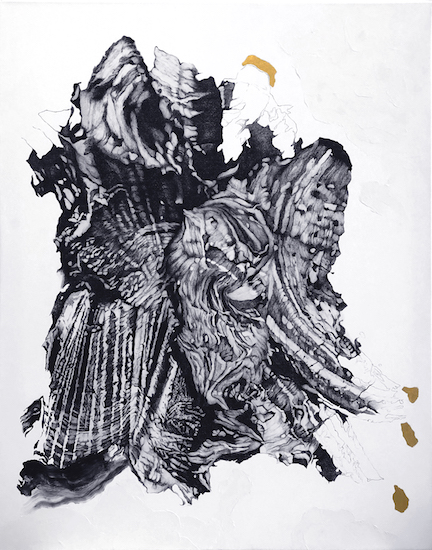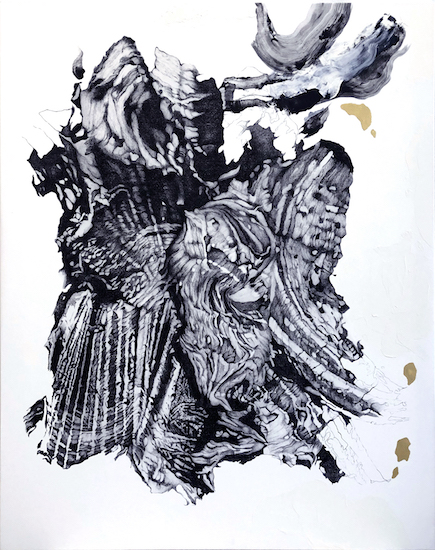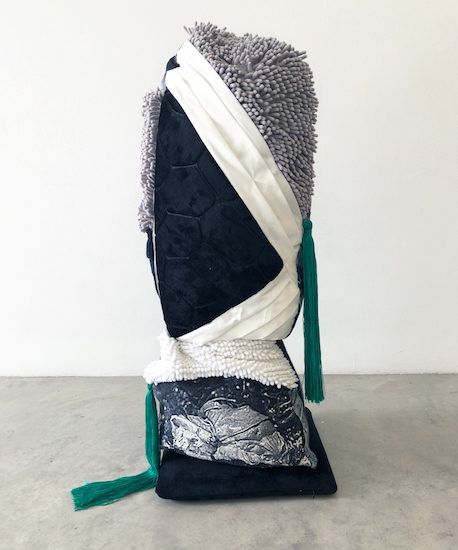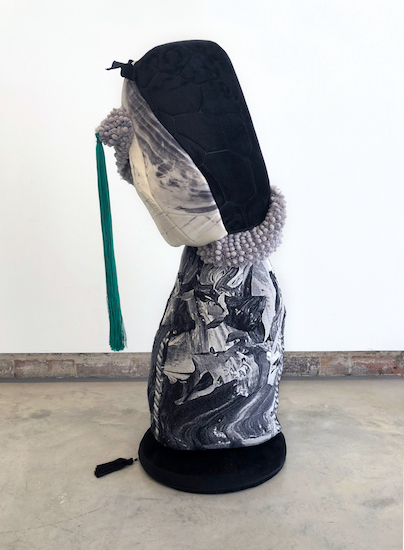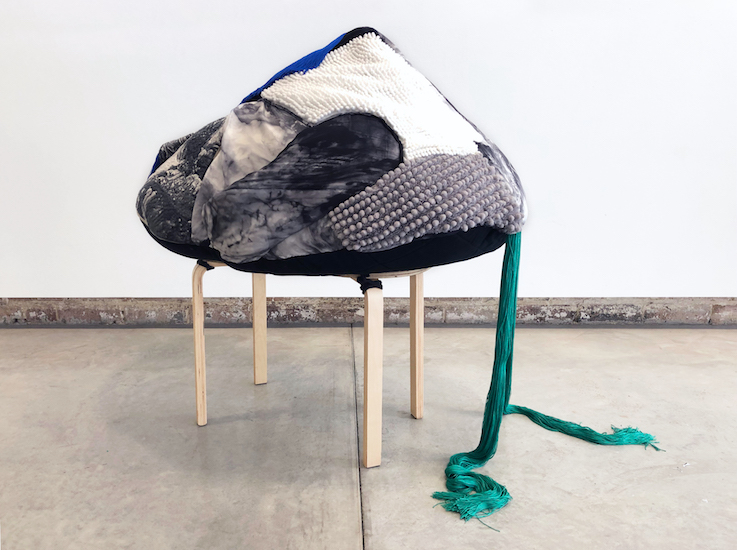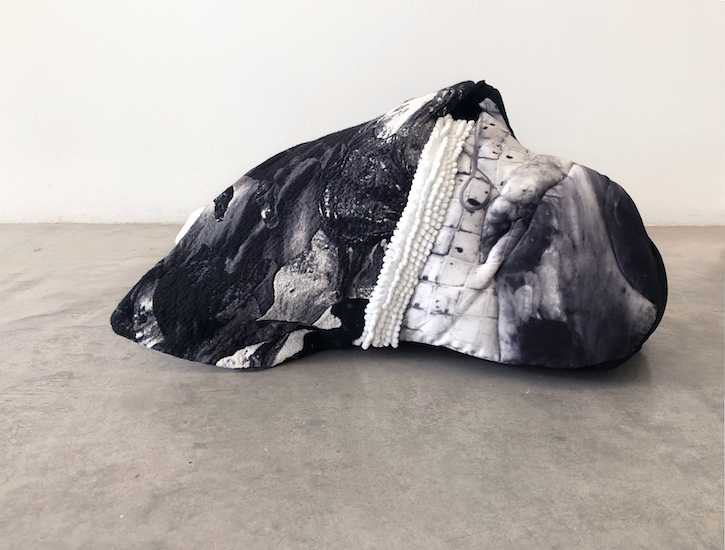Yavuz Gallery Sydney is pleased to present Filipino artist Patricia Perez Eustaquio in her first solo exhibition in Australia. Titled Everywhere West, Everything East, the exhibition presents a new body of work comprising tapestries and mixed-media works.
Manila-based Eustaquio is considered one of the leading Filipino artists of her generation. Informed by the notions of craft and folk art, her practice spans various media including drawing, painting, sculpture and installation. Her work explores the consumption, agency and biographies of objects. Her recent inquiries include the migrations and transformations in the status and identity of objects, as a result of trade and conflict.
Everywhere West, Everything East focuses this inquiry on the age of exploration and its repercussion for colonialism, trade and modern consumerism. The centrepiece of the exhibition is a pair of monochromatic tapestries; they are reworked from 20th-century Filipino artist Fernando Amorsolo’s painting of the death of Portuguese navigator Ferdinand Magellan by the forces of Lapu-Lapu, the ruler of Mactan island in the Philippines. Magellan’s circumnavigation of the globe and his claiming of the Philippines for Spain provides the backdrop for Eustaquio’s exploration of the entwined histories of taste, consumerism and colonialism. The title makes reference to the role demand for goods from the East played in driving the West’s imperial expansion and exploitation. In turn, the abstraction of violence in the tapestries points to the veiled violence of colonial exploitation in the birth of the modern consumer. As we detect the conflict in the tapestry’s weave, we are invited to revisit the colonial histories woven through the biographies and migrations of objects.
Across the works in this exhibition, paint is abstracted into land and sea topographical formations. An expansive map is formed into which Eustaquio embeds more familiar forms. Accompanying the large tapestries are soft-sculptures and weapons fashioned out of domestic objects such as rugs, pillows and plastic plants respectively. As constituents of Eustaquio’s map — resembling islands or vegetation — these sculptures embed the domestic and mundane back into the networks of trade and history. Eustaquio asks how globalisation has shaped our knowledge and perception of things. The works foreground the migration of our own objects — the current forms of exploitation and inequality they reveal and the tenuousness of identities tied to things that are never in stasis themselves. Negating their domestic functions and contexts, Eustaquio describes them as anthropomorphic “totems”. We are confronted both with the “thingness” of objects as well as their capacity for agency over us.
Layered onto these questions of material consumption, are questions of materiality itself, a persistent theme of the artist’s practice. The tapestries’ abstraction of paint is reprised in the exhibition’s soft-sculptures and mixed media works which are both based on paint swirls. Paint — both in primal form as well as an iconic painting in Filipino art history — is refracted through digital and traditional craft techniques. The materiality of the medium becomes itself part of the works’ subject matter, revisiting questions on the contested status of craft and the material in contemporary’s art conceptual turn.
